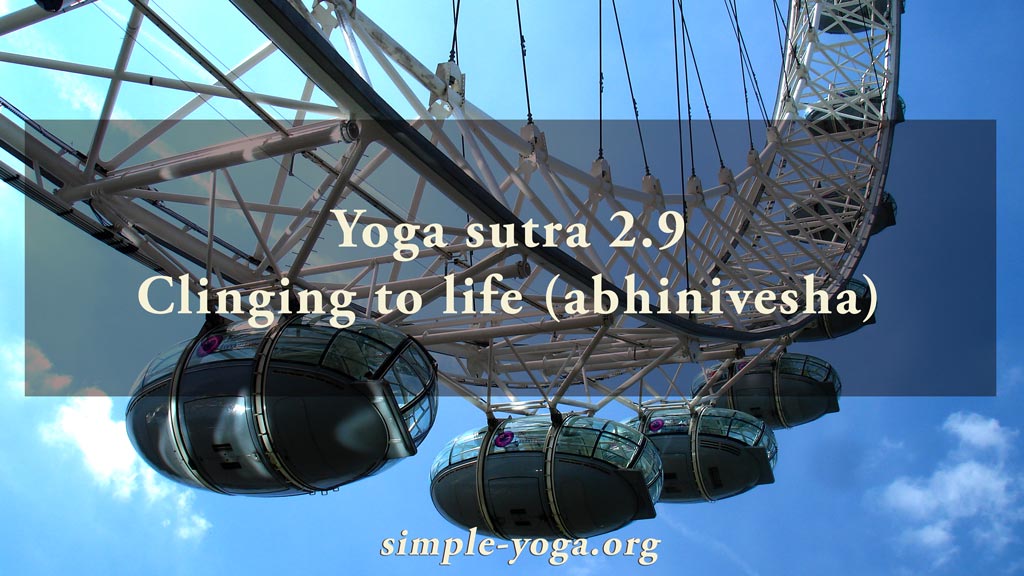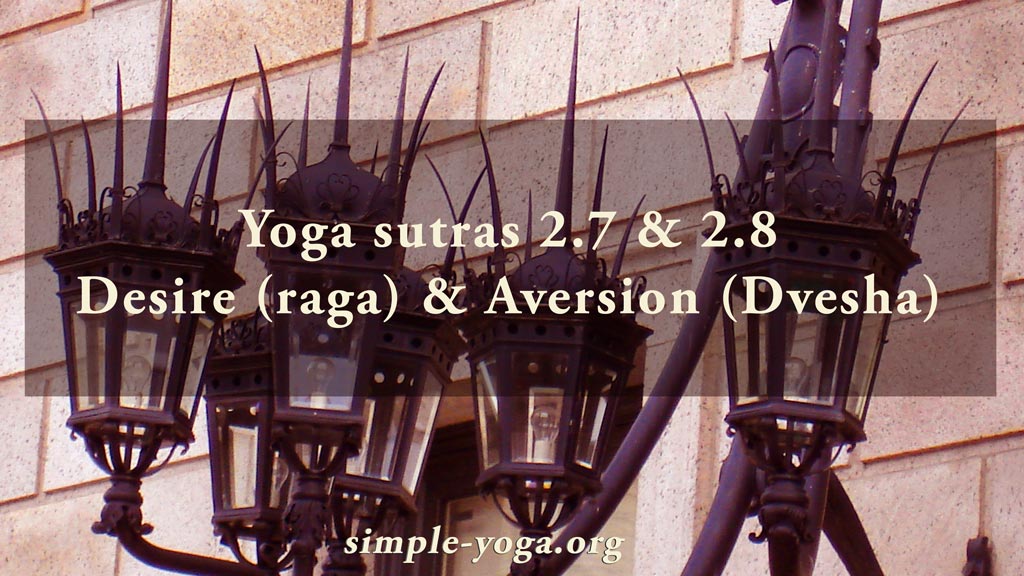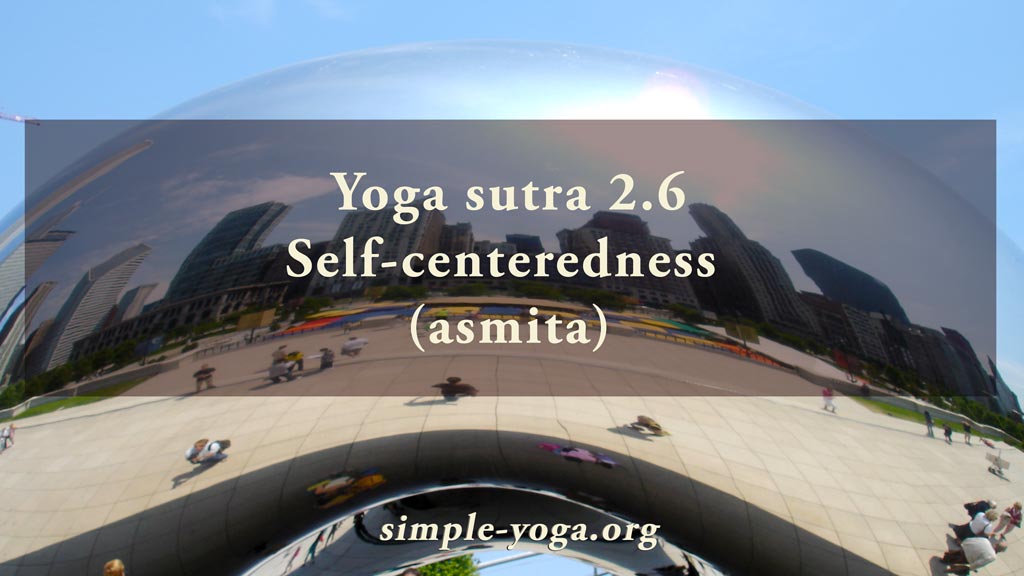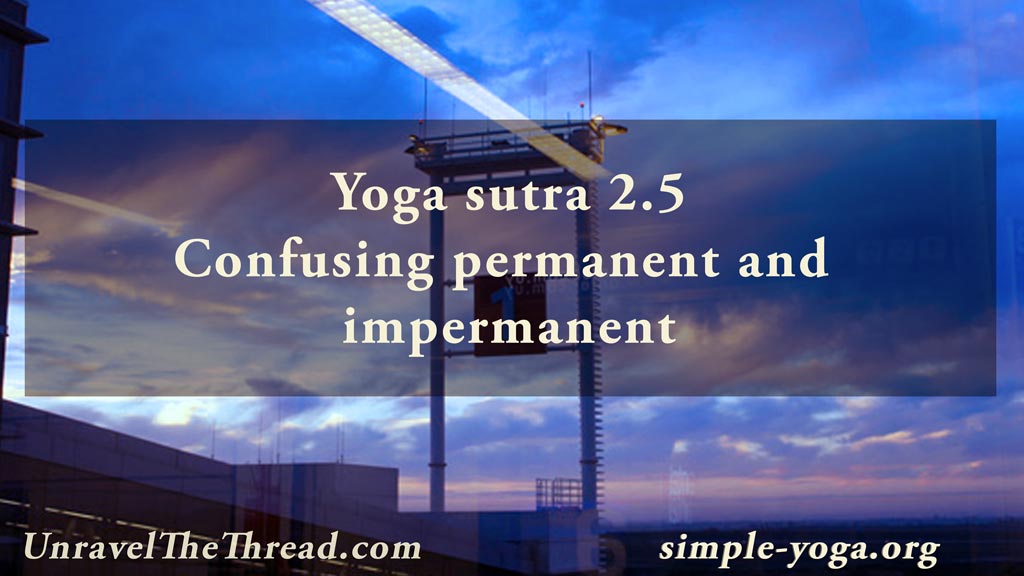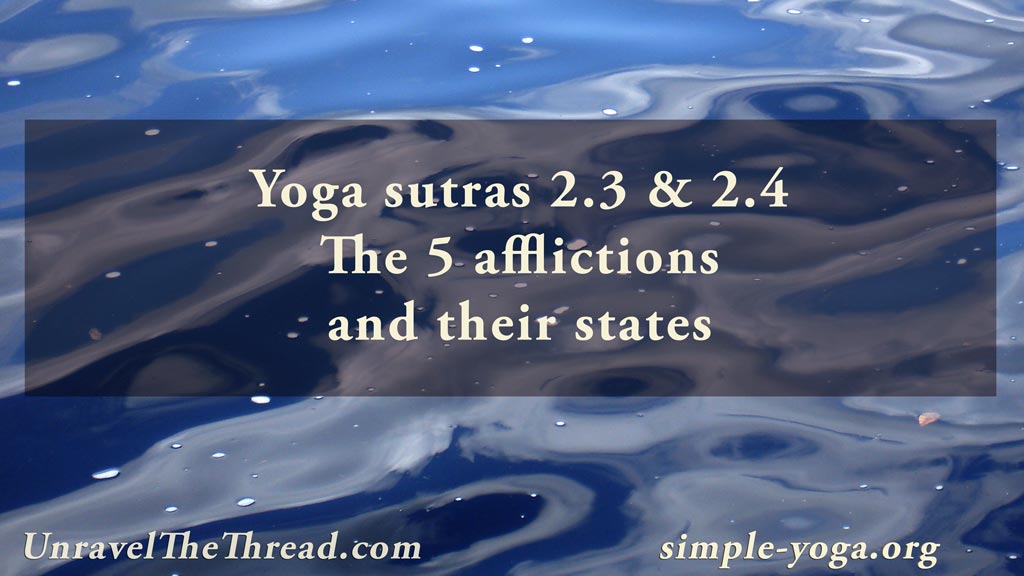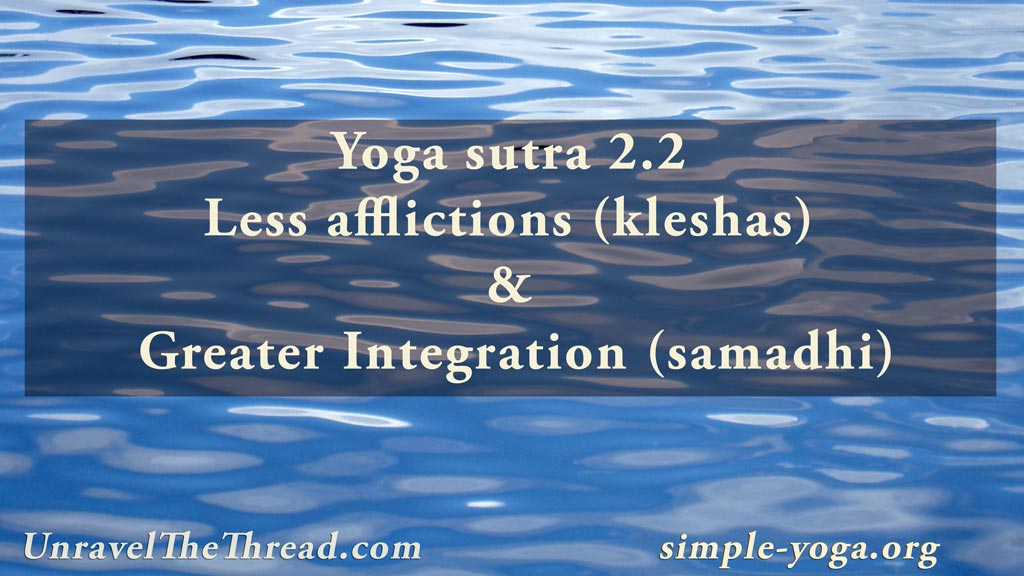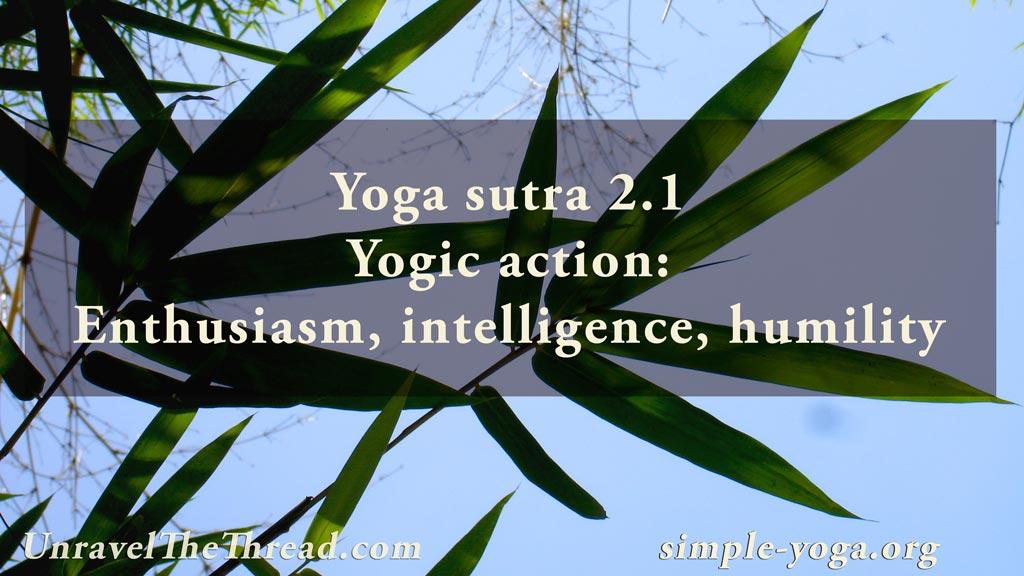May 3, 2020
Yoga Sutra 2.9 Clinging to life
What is the most important moment of your life?
The more invested we are in our identity the greater our attachment to our life. What is your life? Do you live your life with a tacit assumption that your embodied life will last for a long time? Can you consider that millions of people before you have lived and died and that life itself has continued?

